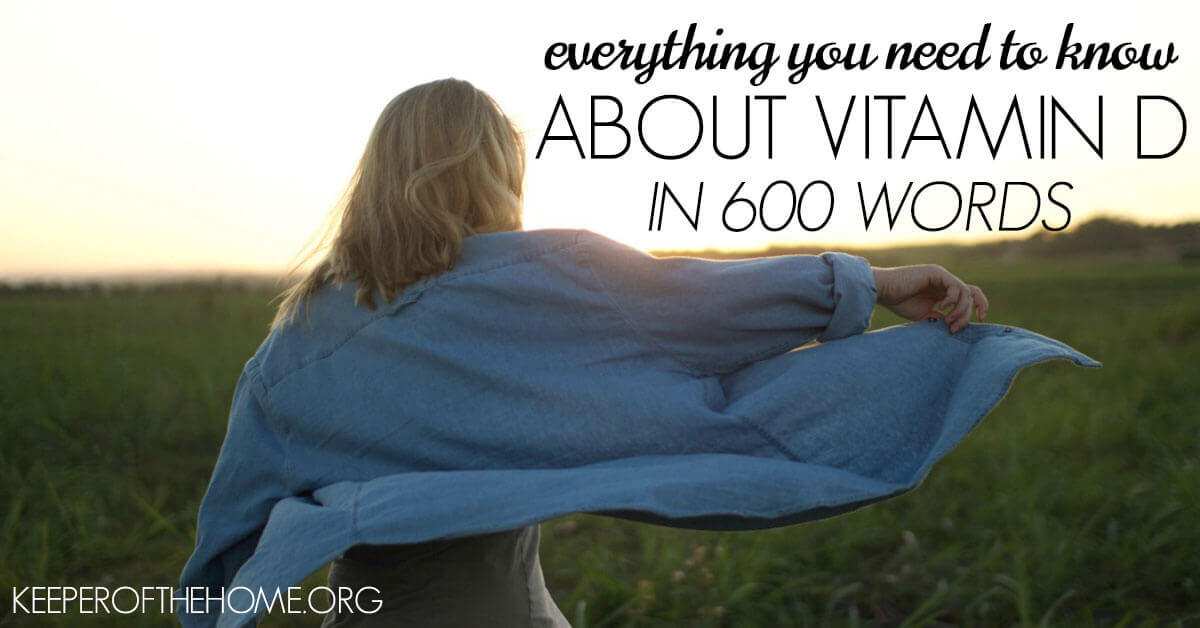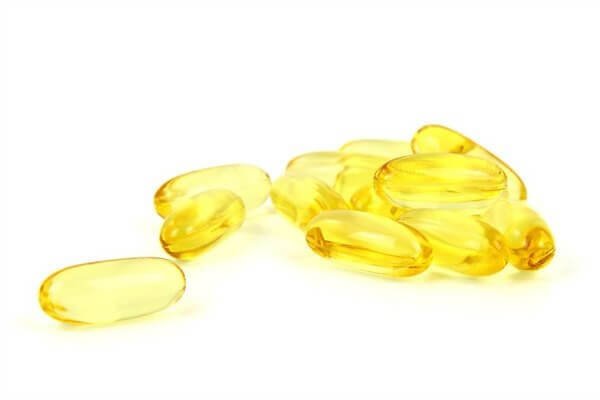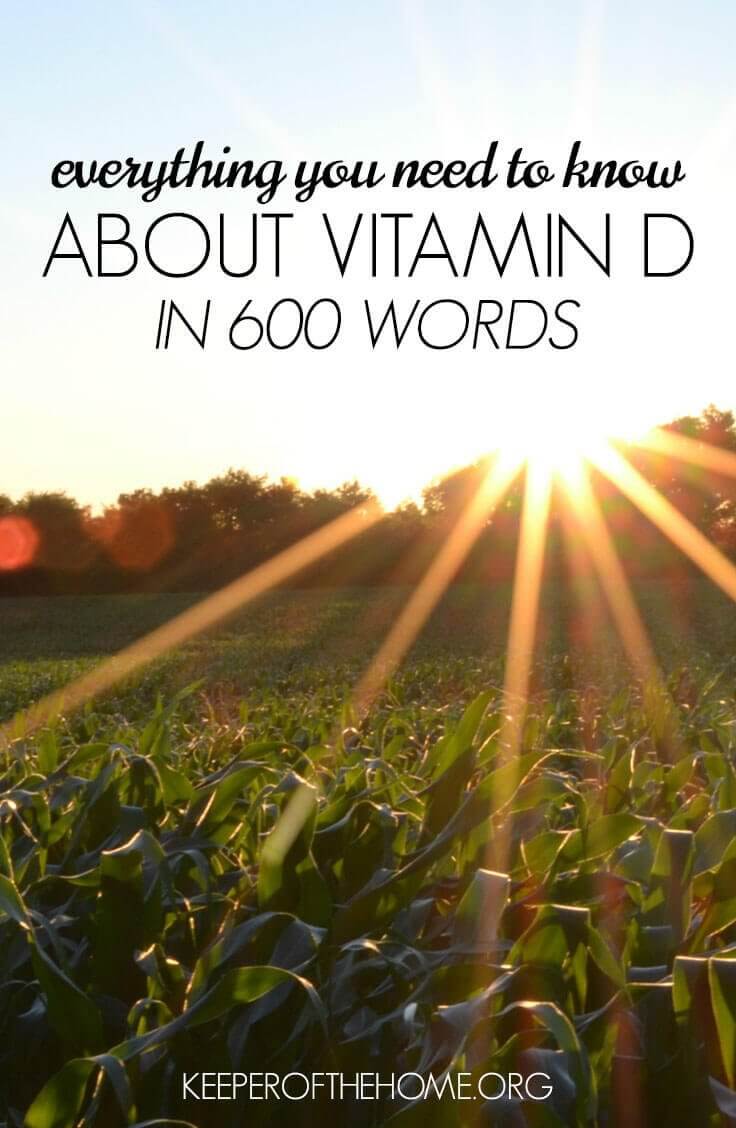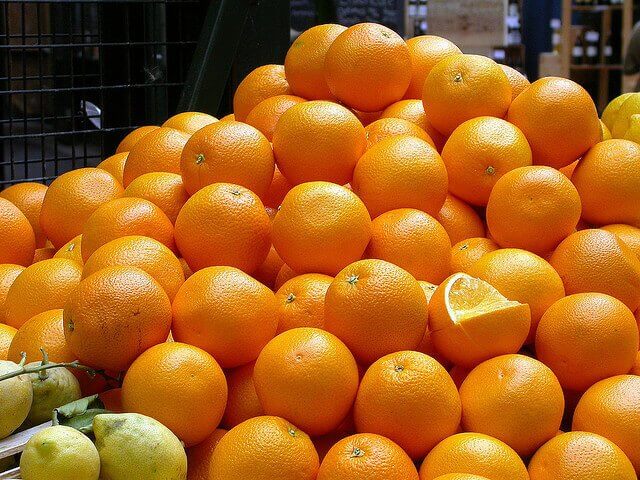Everything You Need to Know About Vitamin D in 600 Words
;

By Elsie Callender, Contributing Writer
I don’t know about you, but I’ve been hearing a lot about Vitamin D lately. But because I’m busy being a homemaker, working, and taking care of a 9-month-old who’s doing his best to walk before his first birthday, most of what I hear and read goes in one ear and out the other! I figured it was time to get my facts straight about Vitamin D.
I decided to find answers to a few basic questions about Vitamin D, and I’m going to share them with you today. This is your crash course in Vitamin D – the “Cliff Notes” version for busy homemakers who care about their family’s health but don’t have hours to spend reading up on everything!
What Does Vitamin D Do For Your Body?
Vitamin D helps your body to absorb minerals–such as calcium–to build strong bones and teeth.
Vitamin D is also an antioxidant. The media is obsessed with antioxidants, so you’ve probably been well informed by now that antioxidants fight free radical damage in the body, helping to prevent anything from the common cold to uncommon cases of cancer.
Where Does Vitamin D Come From?
When your bare skin is exposed to the sun’s UVB rays, it triggers a reaction that produces Vitamin D in your skin. You can also get Vitamin D through food and supplements.

How Much Vitamin D Do You Need?
To be honest, the recommendations for daily intake of Vitamin D are all over the map. After exploring many different sources, I simply don’t feel comfortable or knowledgeable enough to suggest specific amounts.
If there’s one thing most sources agree on, though, it’s that the vast majority of people are deficient in Vitamin D. Your odds of being Vitamin D deficient increase:
- the farther away you live from the equator
- the darker your skin
- the older you are
- if you live in an area with lots of air pollution
- if you spend most of your time indoors
It’s also a challenge to get adequate Vitamin D during the winter, because less of the sun’s UVB rays enter Earth’s atmosphere.
What’s an Effective Way to Get More Vitamin D?
You may have read warnings about getting too much Vitamin D. It is, after all, a fat soluble vitamin, so if you consume excess Vitamin D it won’t be flushed out of your system the way that a water-soluble vitamin will, like Vitamin C. It’s a relief to know that it’s practically impossible to overdose on Vitamin D from either sunlight or food.

I was surprised how few foods contain Vitamin D! Thankfully, I’m a big seafood fan, which is where most dietary Vitamin D comes from! Here are foods that contain Vitamin D:
- Fish oil (we take cod liver oil, which I’ve written about HERE)
- Sardines
- Salmon and other oily fish
- Tuna
- Eggs
- Mushrooms
- Raw milk
- Fortified foods such as cereal, orange juice, and pasteurized milk
Salmon has about 500 IU of Vitamin D per 4-ounce serving, making it one of the richest food sources of Vitamin D. If you want to get more salmon in your diet, try these delicious Biscuits with Salmon Gravy, some easy Salmon Patties, or this Curried Salmon Pasta.
While it’s easy to get plenty of Vitamin D from the sun during summer, in the winter you get little to none. To maximize your sun exposure in the winter, spend as much time outside as possible on sunny days, especially when your shadow is the shortest, around midday. Make sure to take cod liver oil and up your intake of foods containing Vitamin D.
Since it is possible to get too much Vitamin D–or the wrong kind–from supplements, talk to your doctor about what type of supplement to take.
A few closing thoughts
The more I’m learning about vitamins and minerals, the more I realize how important they are for our bodies.
Although Vitamin D has been in the spotlight a lot lately, I don’t think it’s wise to elevate one vitamin or mineral above the others. Each serves a role, and you need them all. And usually, you need them together; they work synergistically. Even if you’re like me and don’t know all of the science behind vitamins and minerals, you can follow common sense: eat a varied, nutrient-dense diet, get outside, and exercise!

;
Sources and further reading:







I’m okay with any reason to eat more salmon and I know my family wouldn’t complain either!
I love how you stressed how important ALL the vitamins and minerals are and how they work together. So important to eat a variety of foods and (naturally occurring) colors.
I have a friend who was having trouble with arthritis-like symptoms, particularly in her hands. She had been taking 5,000 IU per day of Vitamin D, and they determined that she had overdosed on it. I looked it up on WebMD, and they say that cases of overdose are generally from taking supplements, but that different organizations recommend 3,000 or 10,000 IU per day for healthy adults…I guess it depends on the person. WebMD lists different symptoms: nausea, constipation, confusion, abnormal heart rhythm, and kidney stones.